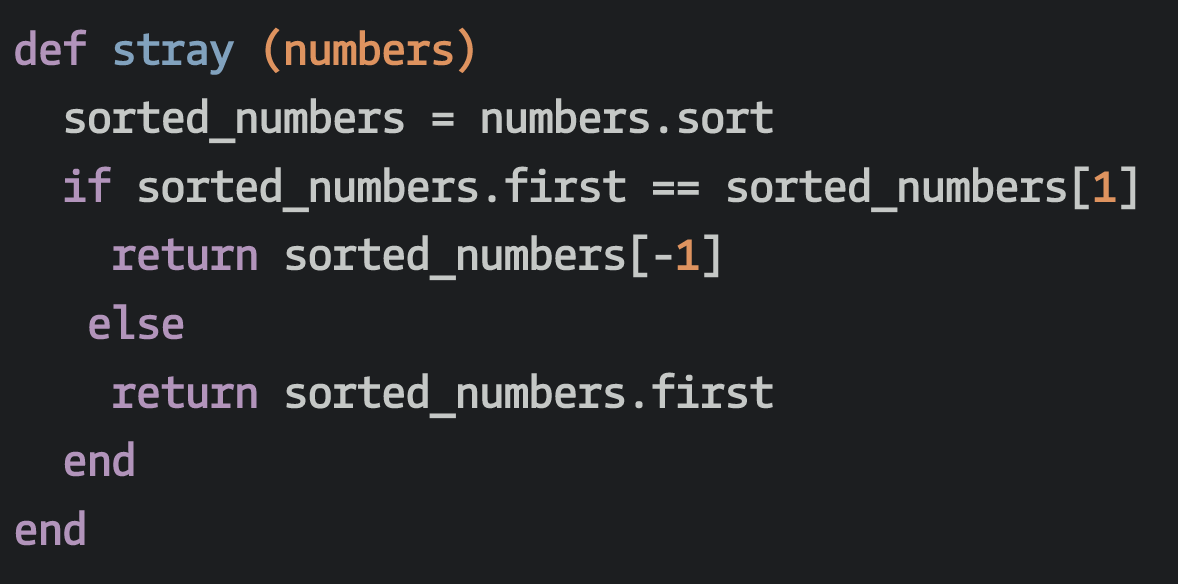

Specific variables regarding a population (e.g., Age and Income) may be specified and obtained. Based on the requirements of those directing the analysis, the data necessary as inputs to the analysis is identified (e.g., Population of people).

The data required for analysis is based on a question or an experiment. The terms Data Modeling and Data Analysis mean the same.ĭata Analysis Process consists of the following phases that are iterative in nature − Data visualization is at times used to portray the data for the ease of discovering the useful patterns in the data. The results so obtained are communicated, suggesting conclusions, and supporting decision-making. You will be learning these data analysis techniques with Excel as part of two parts −ĭata Analysis is a process of collecting, transforming, cleaning, and modeling data with the goal of discovering the required information. It can be analyzed with the relevant Excel commands, functions and tools - encompassing Conditional Formatting, Ranges, Tables, Text functions, Date functions, Time functions, Financial functions, Subtotals, Quick Analysis, Formula Auditing, Inquire Tool, What-if Analysis, Solvers, Data Model, PowerPivot, PowerView, PowerMap, etc. The data can be converted and formatted in several ways. Microsoft Excel provides several means and ways to analyze and interpret data. Thus, data analysis is a process for obtaining large, unstructured data from various sources and converting it into information that is useful for − Data Analysis Processĭata Analysis is defined by the statistician John Tukey in 1961 as "Procedures for analyzing data, techniques for interpreting the results of such procedures, ways of planning the gathering of data to make its analysis easier, more precise or more accurate, and all the machinery and results of (mathematical) statistics which apply to analyzing data.” Text mining usually involves the process of structuring the input text, deriving patterns within the structured data using means such as statistical pattern learning, and finally evaluation and interpretation of the output.

Text Analytics, also referred to as Text Mining or as Text Data Mining is the process of deriving high-quality information from text. In business, predictive analytics is used to identify risks and opportunities that aid in decision-making. Predictive Analytics use statistical models to analyze current and historical data for forecasting (predictions) about future or otherwise unknown events. Modeling relationships within the data (E.g. These inferences can be −Īnswering yes/no questions about the data (hypothesis testing)Įstimating numerical characteristics of the data (estimation)ĭescribing associations within the data (correlation) Inferential statistics − It uses patterns in the sample data to draw inferences about the represented population or accounting for randomness. Mean, Standard Deviation for Continuous Dataįrequency, Percentage for Categorical Data In data analysis, two main statistical methodologies are used −ĭescriptive statistics − In descriptive statistics, data from the entire population or a sample is summarized with numerical descriptors such as − Statistics is the study of collection, analysis, interpretation, presentation, and organization of data.

It helps in implementing an effective strategy based on insights that can provide businesses with a competitive market-advantage and long-term stability. The goal of business intelligence is to allow easy interpretation of large volumes of data to identify new opportunities. Business Intelligenceīusiness Intelligence techniques and tools are for acquisition and transformation of large amounts of unstructured business data to help identify, develop and create new strategic business opportunities. The patterns obtained from data mining can be considered as a summary of the input data that can be used in further analysis or to obtain more accurate prediction results by a decision support system. Note that the goal is the extraction of patterns and knowledge from large amounts of data and not the extraction of data itself.ĭata mining analysis involves computer science methods at the intersection of the artificial intelligence, machine learning, statistics, and database systems. The major data analysis approaches are −ĭata Mining is the analysis of large quantities of data to extract previously unknown, interesting patterns of data, unusual data and the dependencies. Several data analysis techniques exist encompassing various domains such as business, science, social science, etc. Data Analysis is a process of inspecting, cleaning, transforming and modeling data with the goal of discovering useful information, suggesting conclusions and supporting decision-making.


 0 kommentar(er)
0 kommentar(er)
